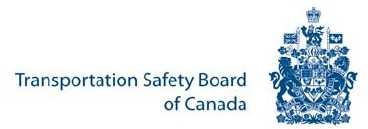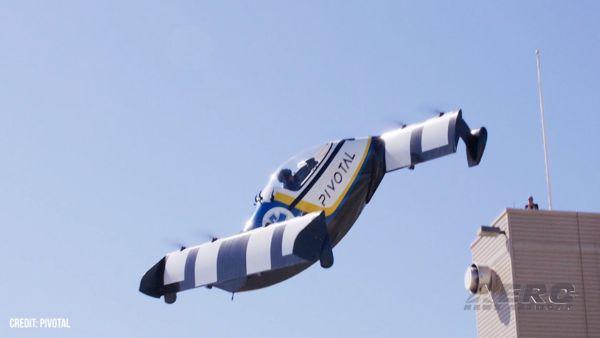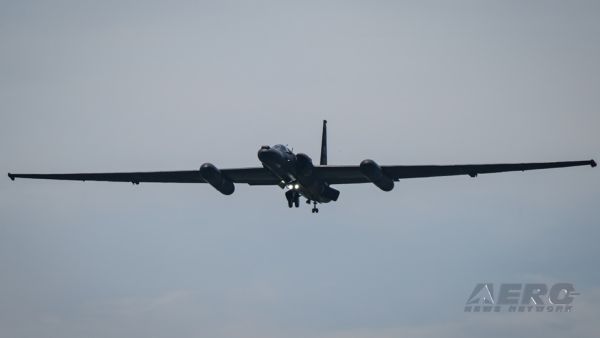Fri, Nov 21, 2014
Study To Begin Early Next Year
In a speech Wednesday to the Air Transport Association of Canada, Kathy Fox, Chair of the Transportation Safety Board of Canada (TSB), announced that the TSB will launch an in-depth Safety Issues Investigation (SII) into the risks that persist in air taxi operations across Canada. The study will begin early in 2015.

"The air taxi sector of the aviation industry has seen 175 deaths over the last 10 years—65% of all commercial aviation fatalities—and we need to determine why," said Ms Fox. "We'll be analyzing historical data and case studies of selected accidents in Canada as well as occurrences from other nations. We'll also be engaging industry, the regulator and other stakeholders in the coming months to gain a full understanding of the issues affecting air taxi operations."
Air taxi operations, or Canadian Aviation Regulations (CARs) 703, refer to single and multi-engine aircraft (other than turbo-jet) that have a maximum certificated take-off weight of 19,000 pounds or less, and a seating configuration, excluding pilot seats, of nine or less. Over the past 10 years, the TSB has repeatedly drawn attention to critical safety issues that contribute to accidents. These findings include recurring issues such as inadequate risk analysis of operations, crew adaptations from standard operating procedures, pilot decision-making, and deficiencies in operational control, especially in self-dispatch operations.
An SII (also known as a Class 4 investigation) is broad in scope and involves looking at multiple occurrences in order to identify the underlying safety issues, and the Board may make recommendations to address any identified systemic deficiencies. The TSB will communicate its findings once the investigation is complete.
The TSB is an independent agency that investigates marine, pipeline, railway and aviation transportation occurrences. Its sole aim is the advancement of transportation safety. It is not the function of the Board to assign fault or determine civil or criminal liability.
More News
From 2024 (YouTube Edition): Hosts Smoke Demonstrator at 2024 NBAA-BACE Display For nearly 30 years, the Emergency Vision Assurance System (EVAS) has been working to raise awarenes>[...]
The Airplane Collided With Trees And Impacted Terrain On July 13, 2025, about 1106 Pacific daylight time, a Cessna 172S, N787LF, was substantially damaged when it was involved in a>[...]
“We at EAA had a close connection to him for decades, as he first met EAA founder Paul Poberezny in their mutual hometown of Milwaukee. Jim was a regular visitor to Oshkosh f>[...]
Aero Linx: Space Medicine Association (SMA) The Space Medicine Branch was founded in 1951 as the first constituent organization of the Aerospace Medical Association (AsMA). The ass>[...]
Nonapproach Control Tower Authorizes aircraft to land or takeoff at the airport controlled by the tower or to transit the Class D airspace. The primary function of a nonapproach co>[...]
 Classic Aero-TV: EVAS Raises Awareness on Cockpit Smoke
Classic Aero-TV: EVAS Raises Awareness on Cockpit Smoke NTSB Prelim: Cessna 172S
NTSB Prelim: Cessna 172S Aero-News: Quote of the Day (08.10.25)
Aero-News: Quote of the Day (08.10.25) ANN's Daily Aero-Linx (08.10.25)
ANN's Daily Aero-Linx (08.10.25) ANN's Daily Aero-Term (08.10.25): Nonapproach Control Tower
ANN's Daily Aero-Term (08.10.25): Nonapproach Control Tower



